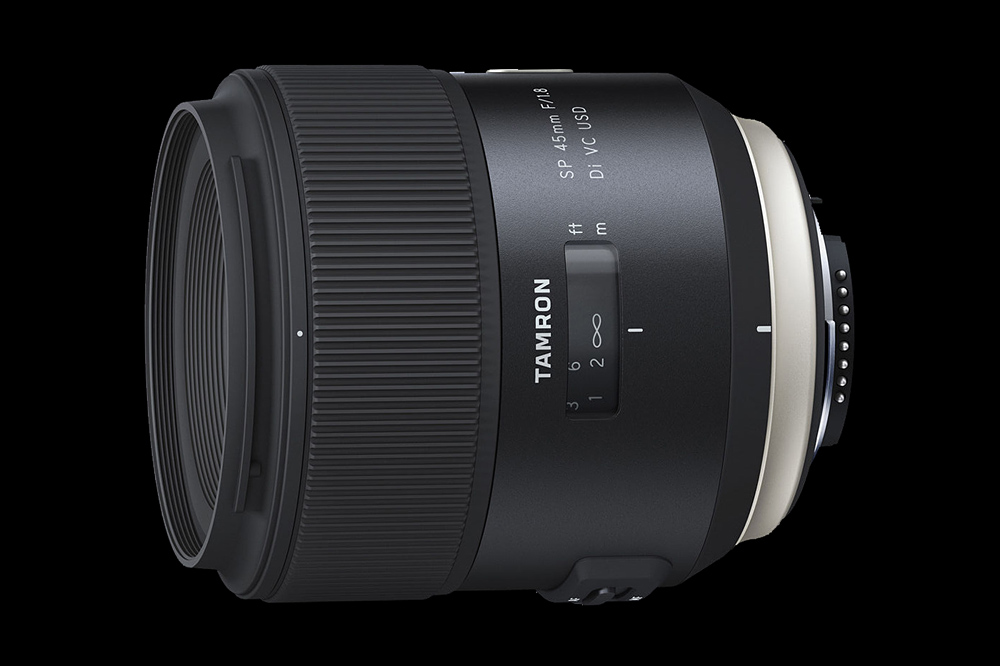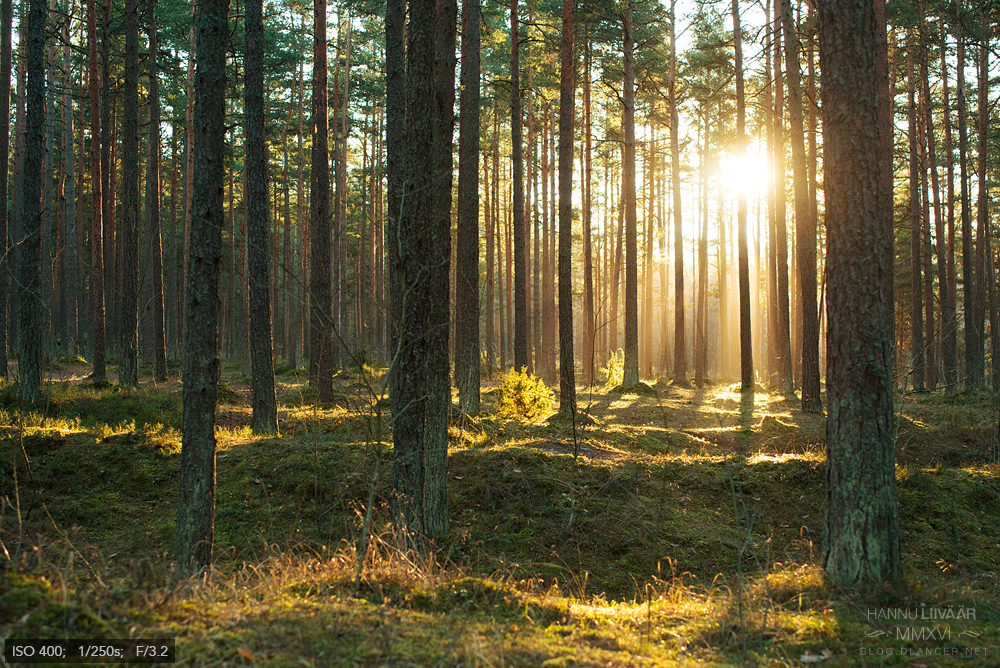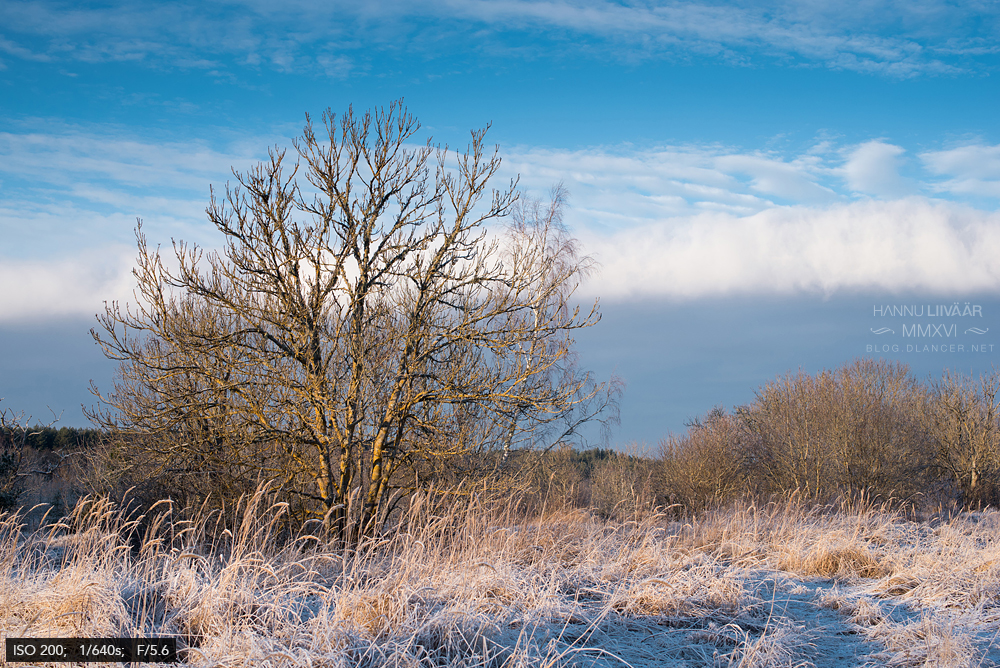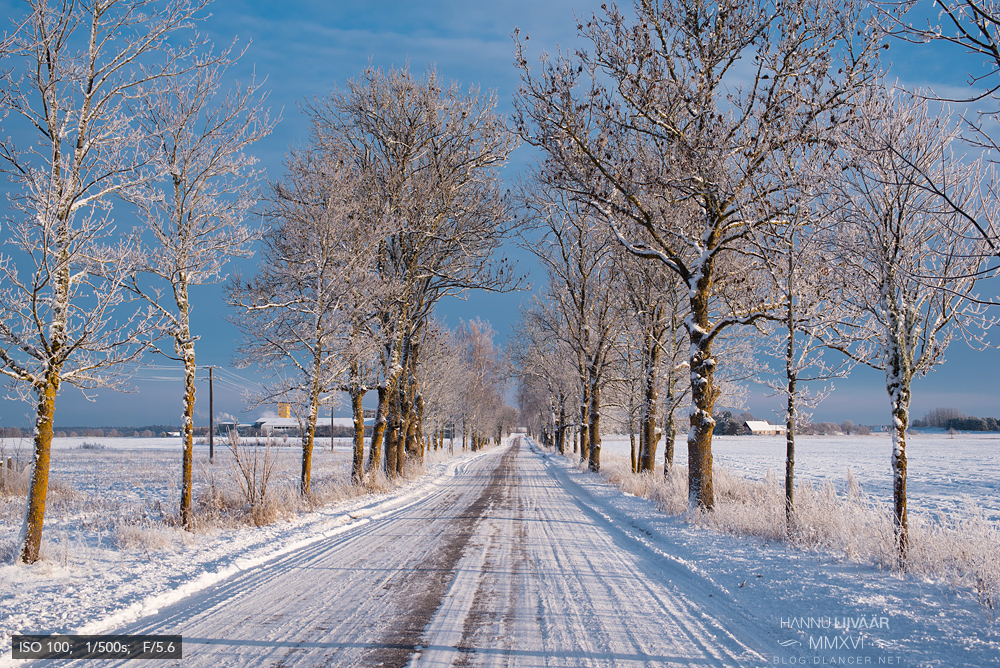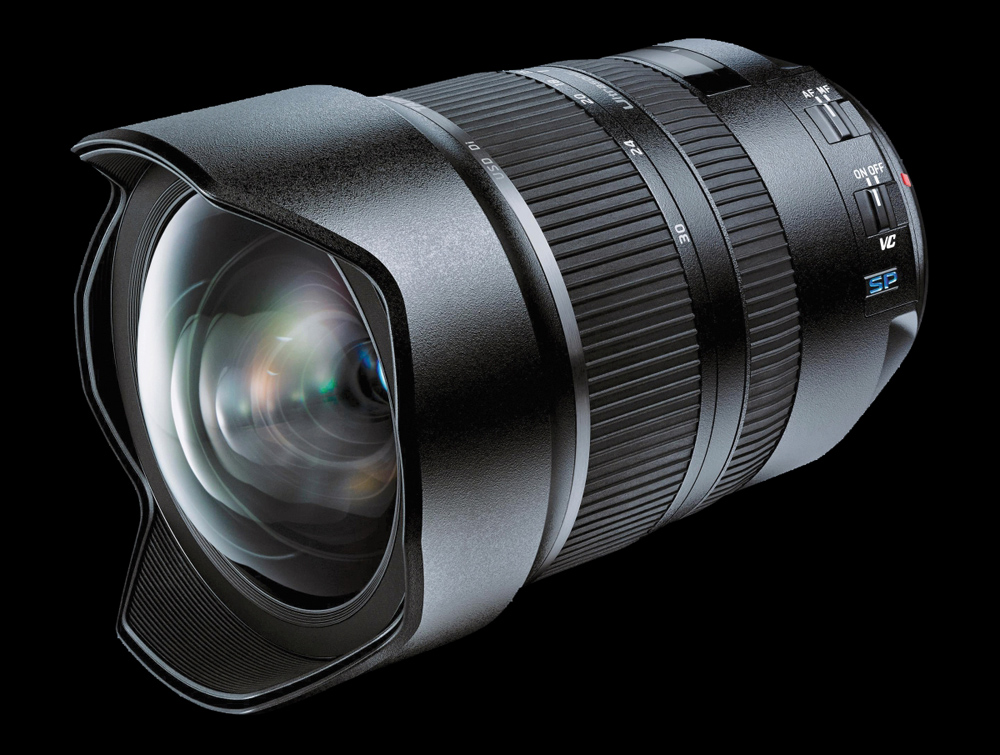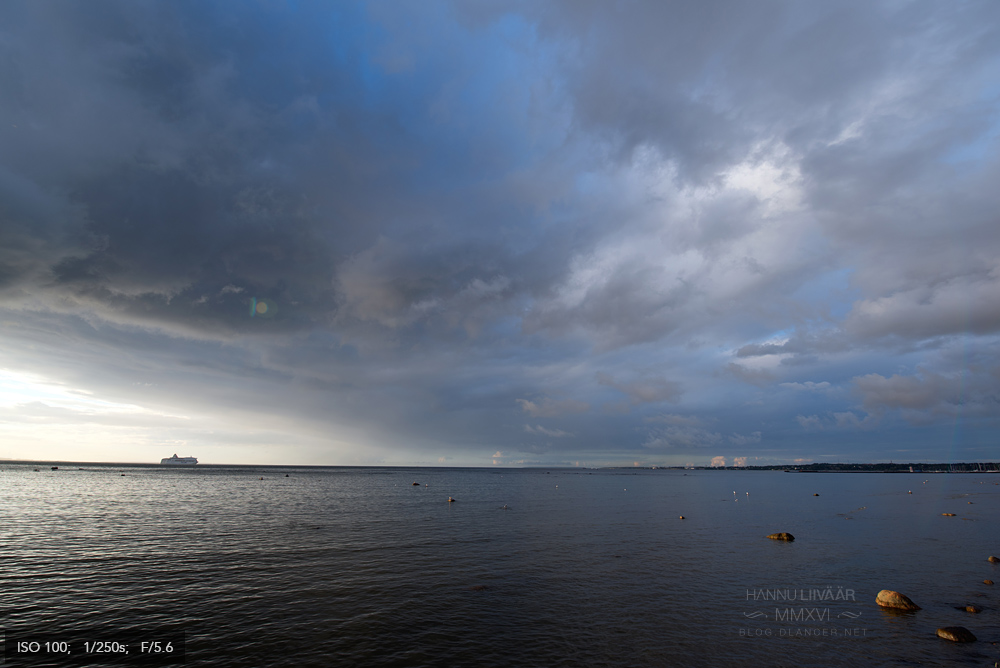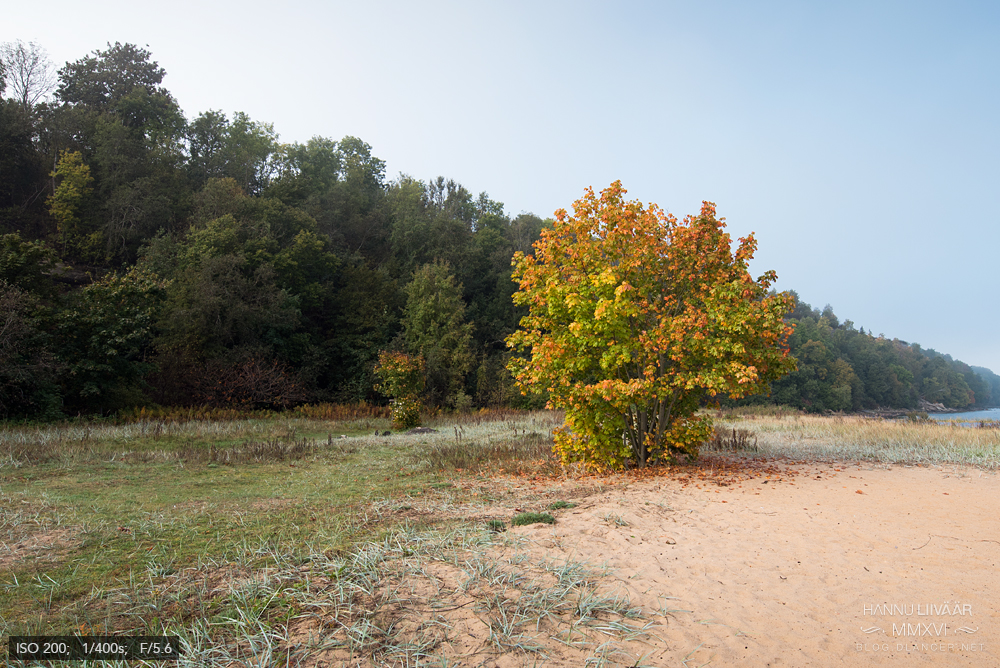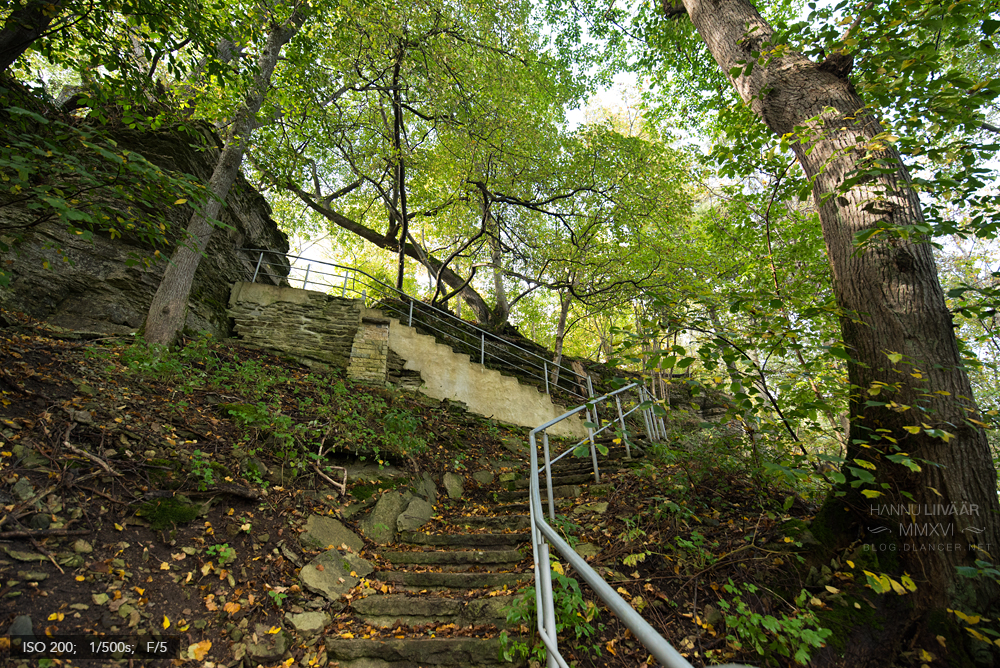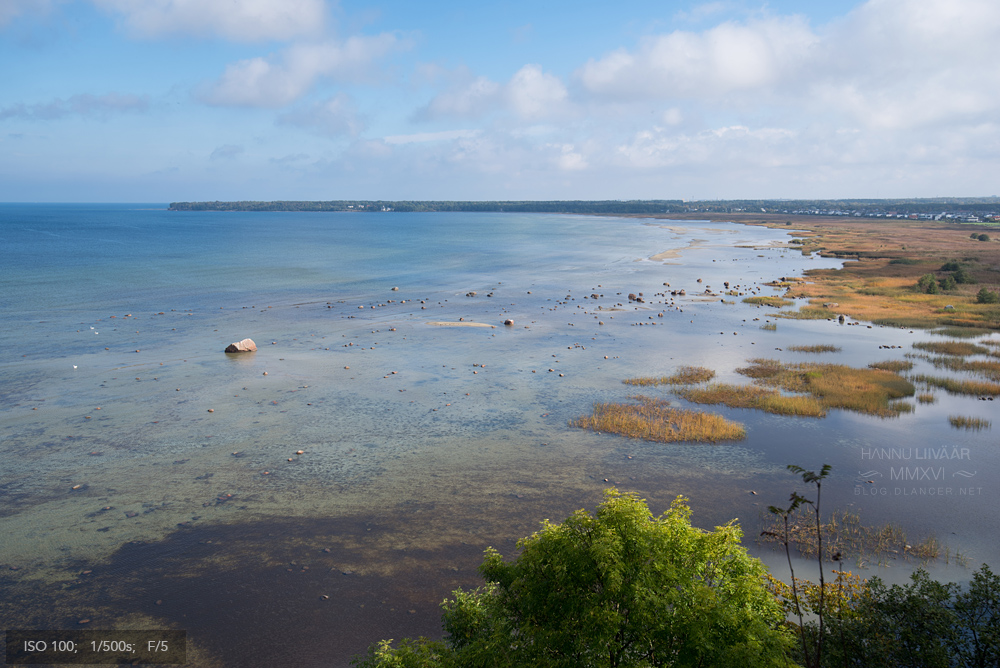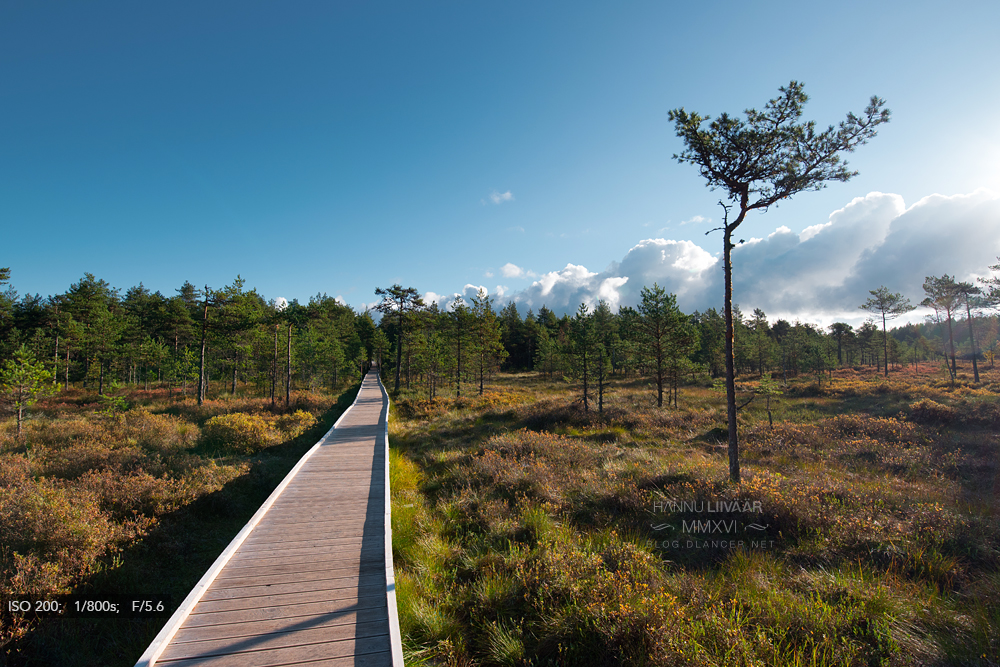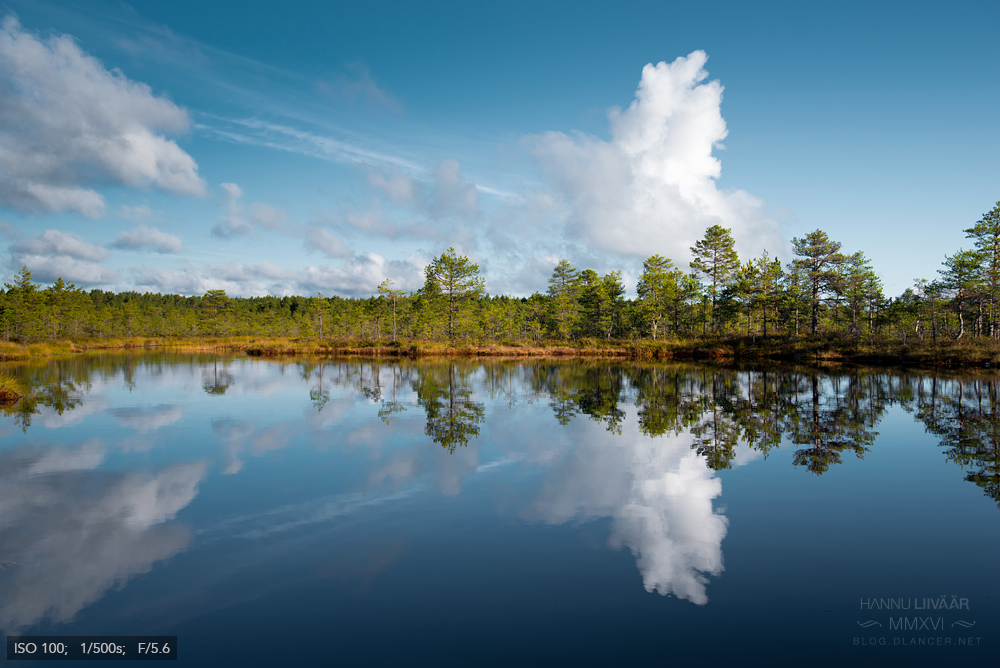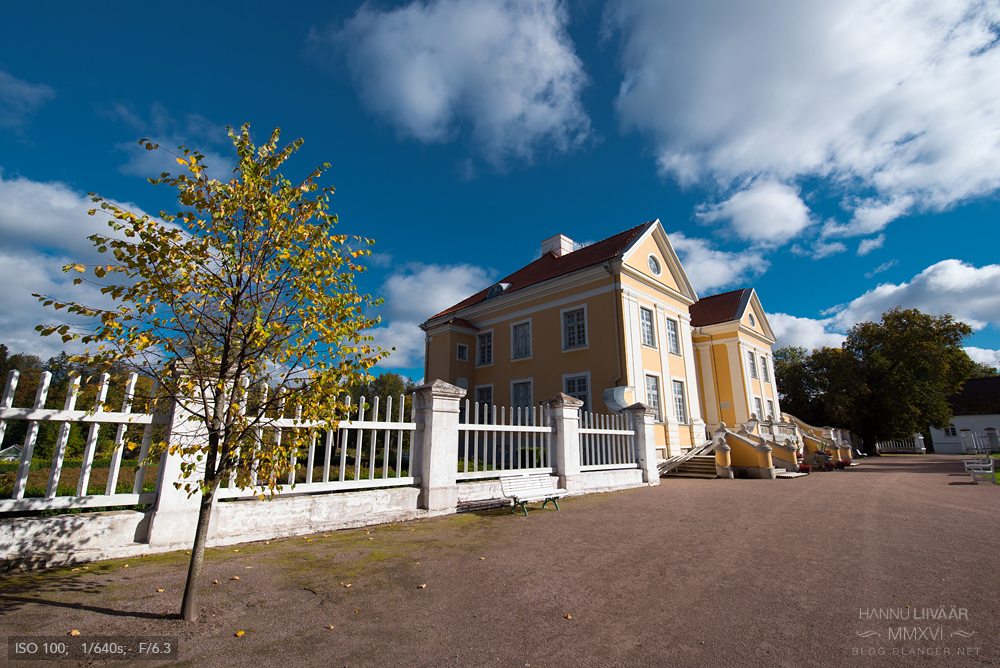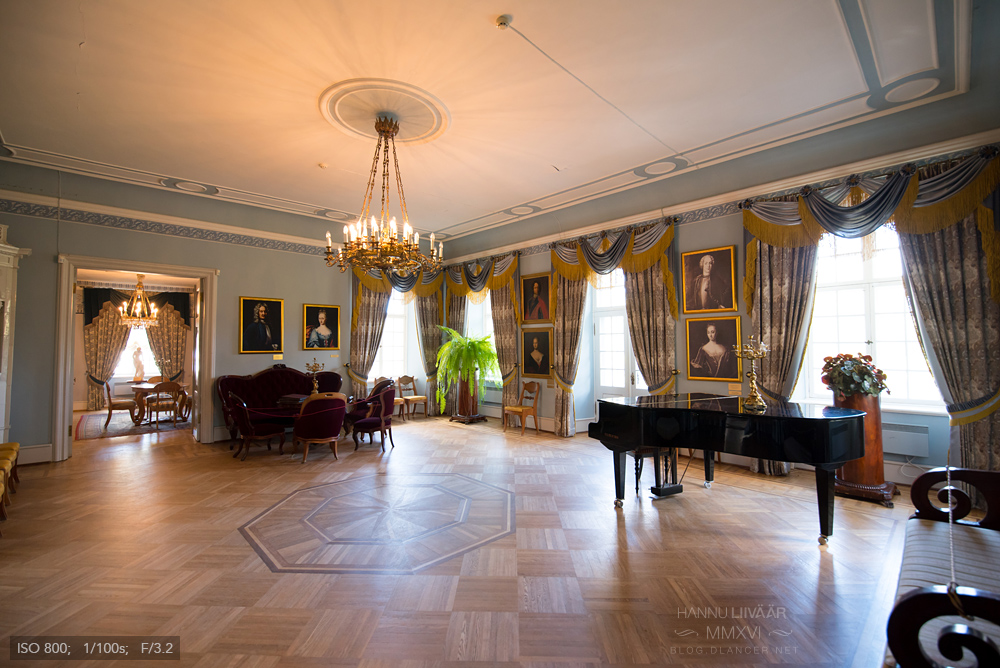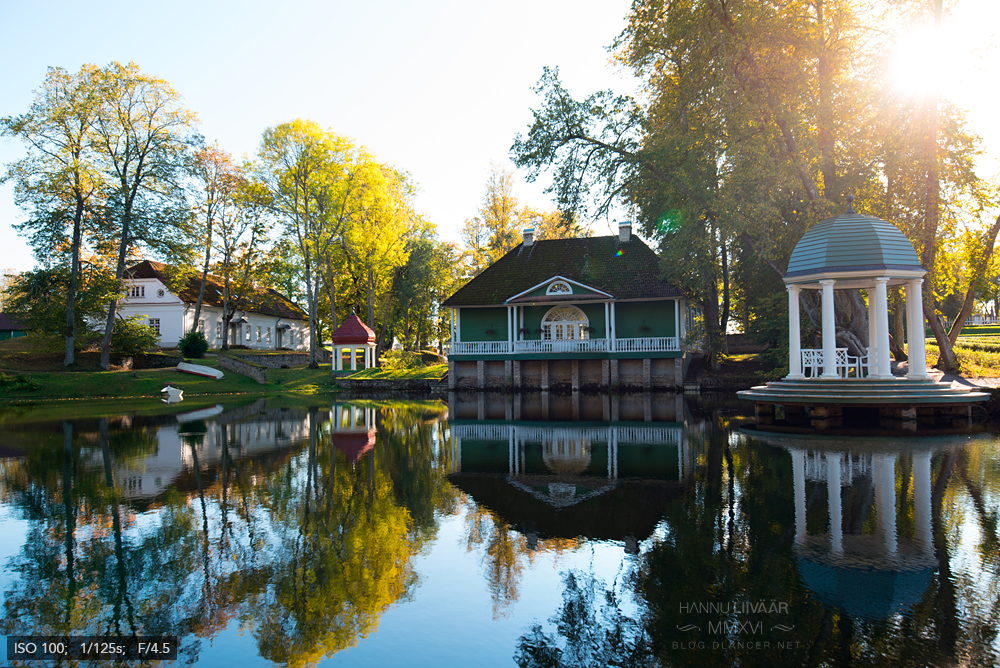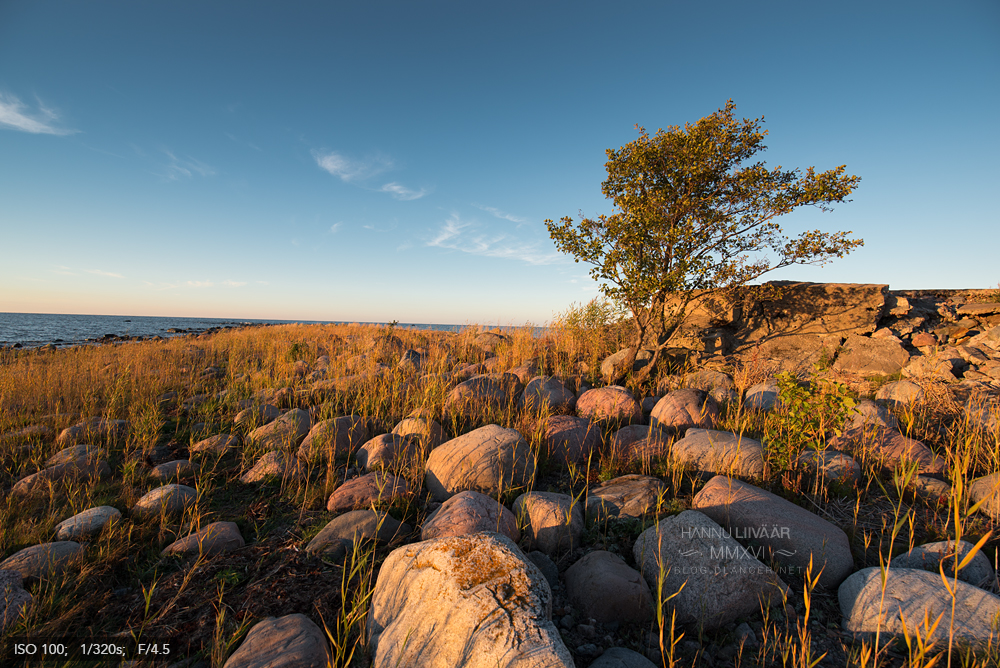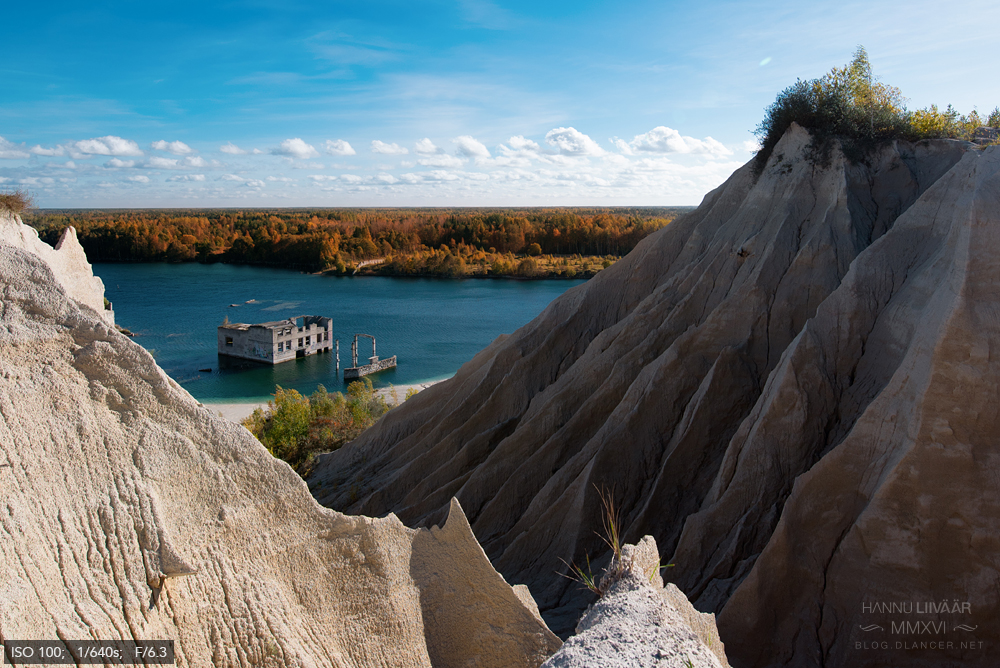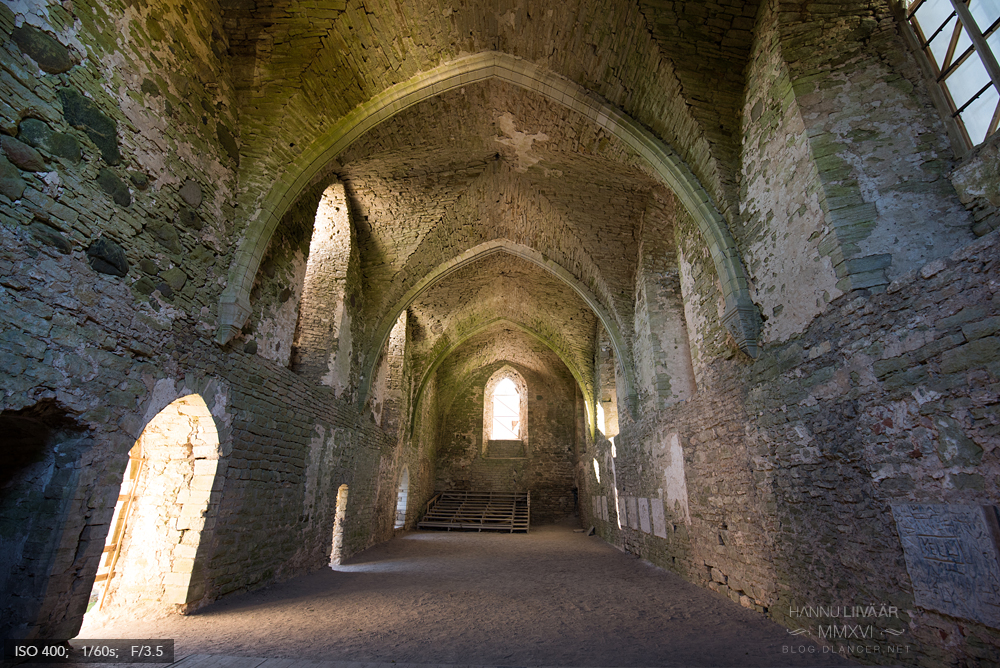skip to main |
skip to sidebar
Tamron SP 45mm F/1.8 VC USD review. Thank you Nordic Digital for providing the lens for testing.
The newest 2 lenses from Tamron are the 45mm and 35mm primes, both with a maximum aperture of F/1.8. Let me share a couple of thoughts after being used one of the units, the 45mm F/1.8, for two weeks.
Prime lenses tend to be an exception (not a rule) of the selection of Tamron lens. There are few available though, primarily dedicated macro lenses (180mm F/3.5 and 90mm/2.8(VC), also the 60mm F/2 for DX cameras). No regular prime lens have been introduced so far and its a bold move to come up with something like 35/45mm as the competition is really tough out there: 50/1.4 primes are available from all major players (Nikon, Canon, Sony, Pentax) as well as from Sigma, often considered to be closest competitor for Tamron. The ART series lenses from Sigma have made an exceptionally powerful breakthrough in the recent years - can Tamron be up to it with the latest primes?

Taking out the unit out of the box you can instantly feel the smell of the quality: beautifully designed solid heavyweight lens, well finished hood and front/rear caps. Looking at the champagne coloured metallic looking ring near to the rear side, I'd even say the design is a bit fetching. The overall feel is lots of metal and a little plastic. So a step forward from lots of plastic and a little metal from their lenses available to date.
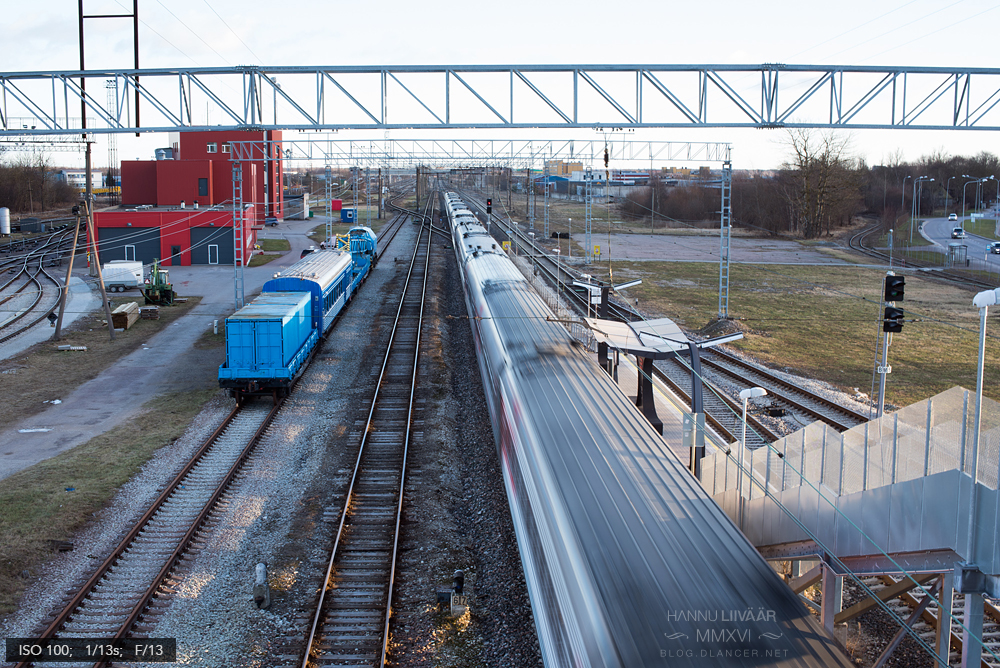
I cannot refuse discussing about the tempting weight topic again. What is a good weight for a lens? Are heavyweighters better, or is the light weight unit better? For a bigger camera (FX) I believe a good match should be not so light lens. Thinking about the term "well balanced photographic tool", so a nice balance between the camera body and lens, I'd say the relatively heavy weight of Tamron 45mm F/1.8 is a nice match to a full frame body. Meanwhile, again, for the users looking for the combination of quality and pocketability, the DX dedicated alternatives is definitely a better match..

As with the prime lens, there's one specifically nice advantage available - you cannot zoom. Useful for several reasons, including: 1) improves your creativity; 2) prevents photographers to be deadly lazy (why should I walk when I can zoom :) ). The 45mm sits somewhere there, not being too wide, not being too telephoto; so somewhat a compromize: you can accommodate something to your photo, but you cannot get your subject too close as well. If the Gods of Photographs would give you just one lens to use, I think 45mm would be in their list.

The way the engineers at Tamron think, seems to be extremely easy: sharp wide open plus the image stabilizer supporting it all. This goes for the majority of lenses in production since 2012. The all new 45mm F/1.8 is no exception - it IS sharp wide open and the VC does work really well. I find myself trying to get a "shaken" photo with an exposure time of 1/3s. It's not that easy! (See the photo with waterfalls). Shooting in excellent light conditions you can of course switch off the stabilizer; however, in poor conditions it may save you some nice shots. I believe the day you can make a photo as bright as a daylight in a completely dark conditions, is not so far away - in cooperation with improved (future) camera sensors, optics and stabilizers.

How does the autofocus work? So boringly well that I would not spend a single more word about it. It's a tool, it does its work, and 99+% of your shots will be nice and sharp. The USD unit is silent; if you really want to hear how it works, of course you can place your ear next to it and enjoy the smooth sound :)
The lens is able to focus as close as 23cm from the sensor. Not a real macro, but better than most competitors at this range. The possibility to focus so close also results in lovely bokeh with wide and medium apertures.
I'd separately like to point out the usability of manual focus. As the lens is lacking the zoom mechanism, there's lots of room for the focusing ring in the body. Moving the focus right is very smooth, I'd even say it is appealing enough to forget the autofocus for some time (to compare with the zoom lenses when using the manual focus is rather frustrating due to thin focus ring).
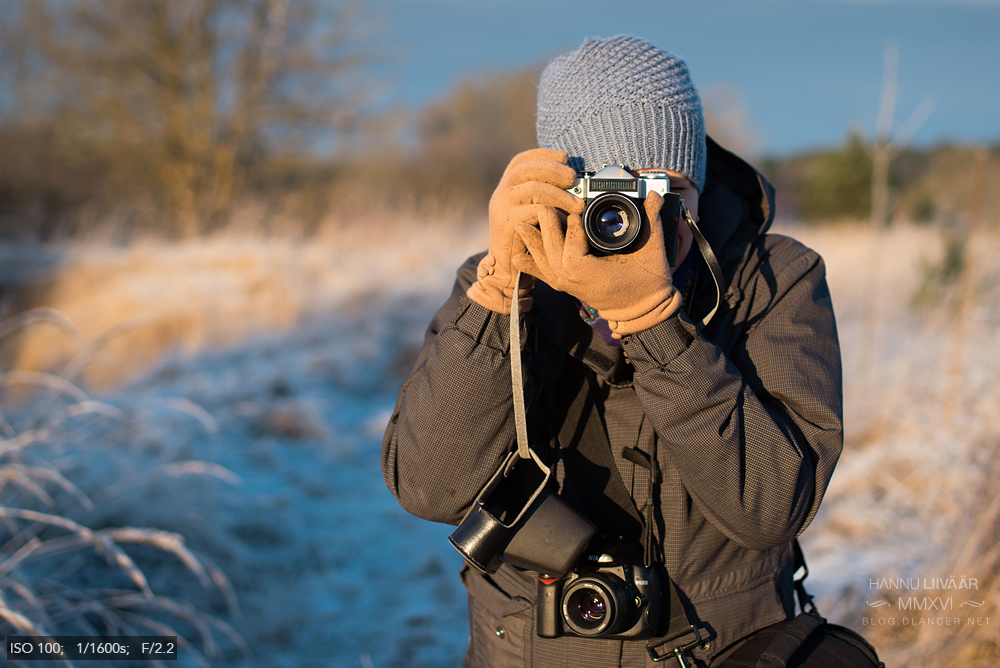
The requirements for the prime lens regarding to image quality are always very high. Is the new 45mm F/1.8 up for it? I have no doubt to say yes it is. Unfortunately I do not have the Sigma ART series 50/1.4 here for comparison, but I can easily say the overall image quality across the frame is a bit better than Nikkor 50/1.4G. There's some softness at the corners (full frame) at the widest aperture though. Starting from F/2.5 there are no complaints for the image quality at all. I later dig to the internet reading some users are not happy with the levels of CA, however it really depends on a certain scenario - you can have some chromatic aberration, if the contrast is really high (typically very dark objects agains really bright background). Overall, the image quality is really pleasing - well saturated colours, consistent rendering across the frame, also images are very contrasty, so there's very little you have to do at your digital darkroom when opening raw files.
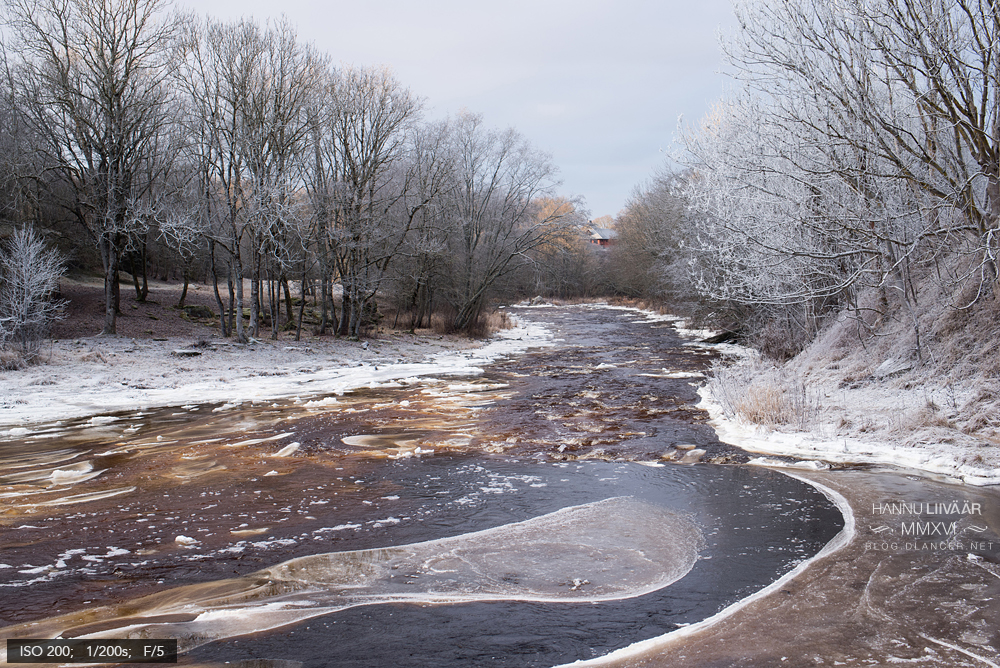
The next big question - does the bokeh qualify to be called buttery and smooth? I'd say yes again. The diaphragm blades are rounded, so capable of creating circular aperture at majority of settings. As said before, when shooting the real closeups, the out of focus area will remain so smooth that you can only imagine what's there at the background - the subject is so well isolated.



So to summarize. I noticed something quite unusual when using this lens - when I was first using the lens at the beginning of a test time, I could easily evaluate the lens as something pretty boring and uninspiring.. just a typical prime lens that performs well. After walking around two weeks my thoughts were exactly opposite - this one can really perform! I didn't want to take it off my camera and I caught myself thinking the other lenses will get covered with dust in the next following months :) I'd also say the feeling could be considered as something like "back to the roots". It is just so pure and simple - to take a photo with a prime lens. Very basic, very capable and you feel a nice pressure you are responsible to get some nice shots with such a well performing glass.

So at the end - it's all about a combination of simplicity and quality. Tamron 45mm F/1.8 is ready to serve you this all - just be ready to use that all. And now, if the Gods of Photographs would only give you just one lens to use - it would definitely be one of the best choices.
Tamron SP 15-30mm F/2.8 VC review. Thank you Nordic Digital for providing such a great lens for testing.
This beauty is the latest addition of the zoom lens of Tamron. Suitable for full frame cameras, only a very few similar products have been in production by Tamron - only the 14mm F/2.8 prime and the 17-35mm F/2.8-4.
So the new baby smoothly delivers the merits of the SP (Super Performance) lenses: high build quality, superb optics and effective vibration control. All metal bayonet (albeit the outer finish is plastic). Buttons are placed traditionally, so easily recognized to Tamron users; available are the VC (on/off) and AF/MF buttons. It is arguable whether a lens as wide as this needs a vibration control, however there it is built in, and you have the freedom to switch it on or off as per your needs.
This unit also features weather sealing and if you take it out of the box it feels surprisingly solid considering the outer plastic finish. It is also quite heavy - 1100grams, but every advantage has its price, and F/2.8 often means loads of glass. I personally always prefer heavy units to lightweight ones, depends of context though.
The focus motor is a modern ultrasonic type unit, so it operates quietly (you can actually hear it with the ear just next to the lens) and quickly (I didn't measure it milliseconds; the focus is very fast for majority of needs). The full time manual focus override is available, but heck, with a picture as wide as this (so anything but close-up view) you need a really good eye to focus the scene manually (except close-ups if you decide to use lens like that for close-ups at all). The AF unit does better than the eye at far distances (i.e. landscapes).
Something that you instantly notice when evaluating the lens initially, is that there's no filter thread. So by default you cannot use any filters, however sooner or later 3rd party manufactures always "fix it", so offer a converter to make filters available. Of course you always have the option to invent something by yourself :)
So how wide is 15mm at a full frame camera? Pretty wide! It often happened I saw my feed at the lower side of the frame, not so often the elbows though :) As usual with the wide angle, while talking about the wide angle lenses the main concerns traditionally are:
• not so sharp corners
• CA and areas with huge contrast
• distortions (the "barrel" and the "pillow")
• soft image rendering with the aperture wide open
The Tamron 15-30mm F/2.8 is a "traditional" or "regular" wide angle lens, as opposed to Fisheye-optics (fisheyes are wider, but with heavy distortion, so no straight lines at all). The more sophisticated the construction of a lens, the harder to avoid distortions (easier for a prime lens, harder to a zoom lens unit). As the time goes on and the expectations for the quality for the glass gets higher every day, engineers have fortunately been able to deal with the problem areas effectively.
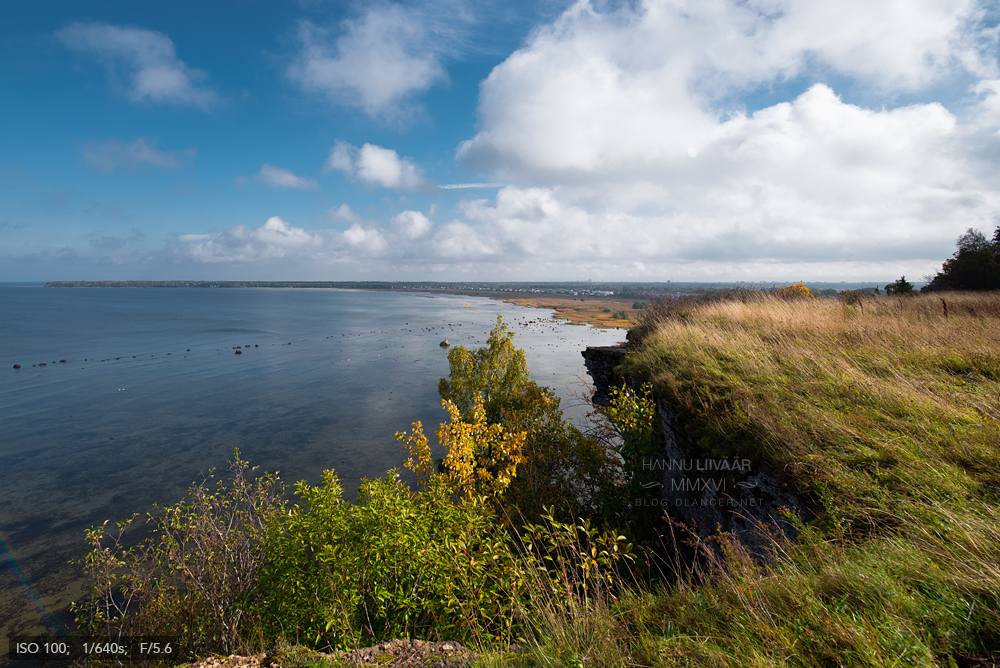
Looking at the competitors of the new Tamrom 15-30, I would think about three similar lens: Nikkor 14-24/2.8 (reference lens so far), Canon 16-35/2.8, also the older Sigma 15-30 F/3.5-4.5 - these are the guys the new Tamron has to compete with. None of them offer vibration control, and even though as previously said the VC is perhaps more appreciated with telephoto lens, I'd think about two major usages for the VC here: 1) hand held filming, 2) taking photos with extremely low light conditions. You won't see the advantage of a VC at usual conditions, so with decent light available.
Why on earth should anyone desire to have a lens like this at all? Yes, it is the 15mm wi(l)de(r)ness! Looking back at the photos I took with this lens, majority of them were taken at 15mm. Even the most crappy landscapes and deadly boring places will look good with 15mm ;-) it can just accommodate so much! The sun, the clouds, the landscape, the earth, the sea, not to mention your own legs ;)
The widest setting of the lens is just awesome indoors as well, even though that there's some distortion (I personally always prefer the authentic drawing of a lens, but there are several software options available for the ones in a need of perfect lines, so the distortion is easily adjustable where needed).
So what about the image quality? Is it on par with the reference lenses? Yes it is! It is so enjoyable that you have to see it to believe it. My expectations were high (heck, it is year 2016, who can afford to produce an average glass these days!), but the lens just blew me away. Maybe, if you look at the corners with a magnifier, the scenario is not that perfect, but in general when talking about lens at this range (super wide angle zooms), I would say the picture quality is extremely good.
The contrast and colours are also there, and if you match this with the awesome image sensors available today, the results are just superb.
The CA (chromatic aberration) is there at certain conditions (very contrasty areas), this is however, easy to fix when needed (of course it first of all really depends of light and its characteristics: the direction, the intensity, the contrast, etc.). My expectation was that the lens is not able to render a decent image quality at wide open, but I was wrong - even though at some point some areas of the images are sharper when the aperture is stopped down, the F/2.8 offers really good contrast and sharpness, especially at the center of the frame.
If you have too much time at your hands, just check out the comparisons of the lens (vs the competitors), you can even find statements the Tamron 15-30mm F/2.8 should be the new reference lens at its class. Of course, debating about image quality is always a slippery way and really needs frames for any serious conclusion.
With some concessions, the lens is able to do some macro as well. And we can even talk about bokeh at certain conditions: close focus and relatively open aperture (of course lens like that should hardly be a target of discussing about bokeh at all :) )
The characteristics of the autofocus is similar to other latest modern lenses - it just works, and it works well, quietly, precisely. Manual focus is somewhat usable at close-up shots, however, as said before, the autofocus outperforms human eye at far distances easily. Some of the Nikon/Canon lens users are complaining the focus is "slow" compared to their lens, I would not say this at all, however again I did not measure it in milliseconds, let the labs do the precise measurements as needed.
What I really liked about this lens:
• Build Quality - looks and feels like a quality product.
• Image Quality the lens was able to deliver.
• Ability to focus to relatively close distances gives unique possibilities for creative photos
• Heavy weight assures steady shots even at very slow exposure times; VC adds even more stops to that
• Very sharp at its widest F/2.8 aperture
Shooting against (sun)light has some disadvantages though - the glass is prone to several kind of flares. Of course the outer lens element plays a major role of that as it reaches out of the fixed lens hood a lot. The smaller the aperture, the more flares are visible. Again it depends on context if you like them or not. For art shooters my best guess would be the flares are welcome; for these looking for a perfectly clean images, some editing is needed later though to fix the flares.
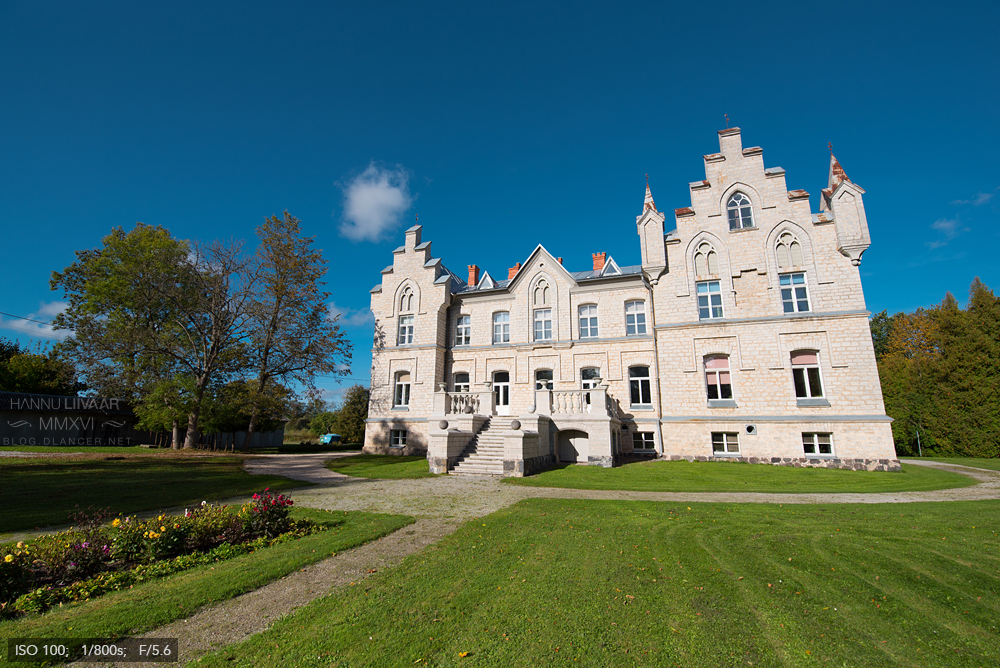
So the final word - what an awesome tool again by Tamron! Every nature shooter and architecture/interior shooter should consider this lens for sure. The SP sign is engraved to the housing of the glass with a reason - similar to other latest SP lenses, this Tamron 15-30mm F/2.8 lens also offers awesome picture quality, accurate and fast autofocus and very high build quality. It is also nice to see the consistent improving of recent Tamron lenses - even if the expectations are already high, they can surprise you with something even better.
*
 *
*
